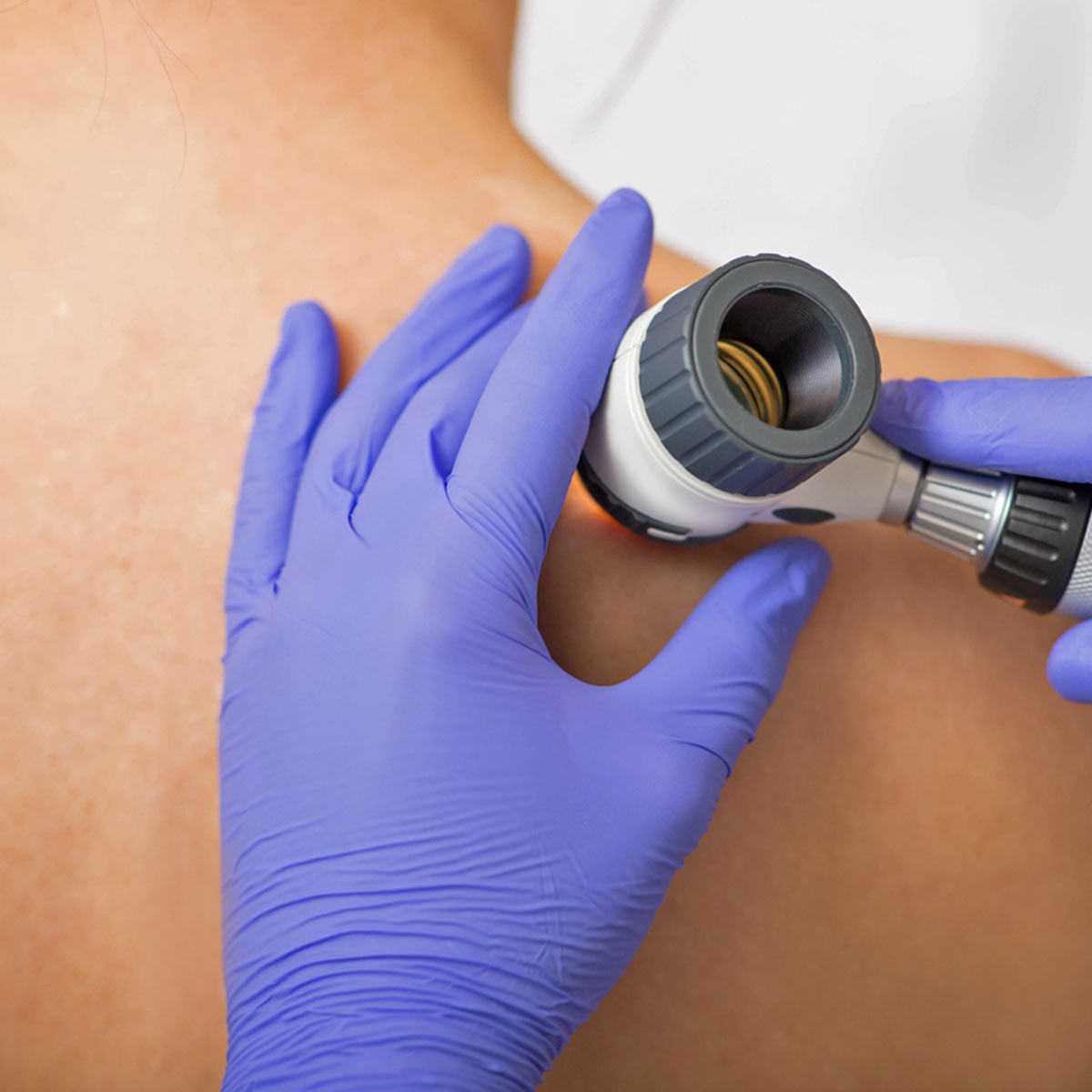
Understanding Skin Cancer
Skin cancer arises from the rapid, uncontrolled growth of abnormal cells in the epidermis due to DNA damage, leading to mutations and malignant tumors. The primary types include basal cell carcinoma (BCC), squamous cell carcinoma (SCC), melanoma, and Merkel cell carcinoma (MCC).
Major causes are exposure to UV rays from the sun and UV tanning devices. However, early detection allows for effective treatment with minimal scarring and a high chance of complete removal. Doctors can often identify precancerous growths before they develop into invasive cancer.
Early Detection Tips
Skin cancer can develop anywhere on the body, even in less exposed areas or surprising places like under nails, on genitals, inside the mouth, or on a lip. Regular self-examinations are crucial for early detection. This involves checking all parts of your skin, including the scalp, between toes, and the soles of your feet. Assistance from a partner can aid in examining hard-to-see areas. Monthly checks are recommended, especially for those with a history of skin cancer, to notice any changes promptly.
Skin Cancer Examinations: As easy as A-B-C-D
Over one million Americans receive a skin cancer diagnosis for basal cell carcinoma, squamous cell carcinoma, or malignant melanoma each year. In fact, there are more new cases of skin cancer each year in the U.S. than breast, colon, lung, and prostate cancer combined. In over 90 percent of cases, these types of cancers will develop on areas of the skin that receive frequent exposure to the sun such as the face, neck, ears, forearms, and hands. Early detection through regular examinations and avoiding ultraviolet rays are your best defense against skin cancer. Learn more below about what to look for in the appearance of moles.
Locations offering skin cancer screening
I am always happy to be seen by Dr. Chadwick. He takes time to understand my medical concerns and treat them according. I would highly recommend him to other people.
A. Assymetrical Shape
A benign mole is not asymmetrical. If you draw a line through the middle of the mole, both sides will match, which means the mole is symmetrical. Potentially cancerous moles, by contrast, are asymmetrical, meaning that the two halves of the mole will not match when compared side-by-side.
B. Irregular Border
A benign mole will feature smooth, even borders. In contrast, the border of early-stage melanoma will often appear uneven, with the edges that are notched or jutted.
C. Changes in color
The majority of benign moles are one consistent color. Moles that appear to have a variety of mismatching colors are potentially troublesome and should be examined.
D. Diameter
Benign moles typically have a smaller diameter than malignant ones. Melanomas typically have a larger diameter – bigger than the tip of an eraser on a pencil – later in development, but may initially appear small when first detected.
schedule an appointment
Concerns about a spot, or overdue for a skin screening? Let the providers at Valley View Dermatology put you at ease!
Call 971-374-2150
